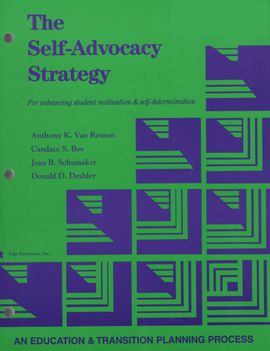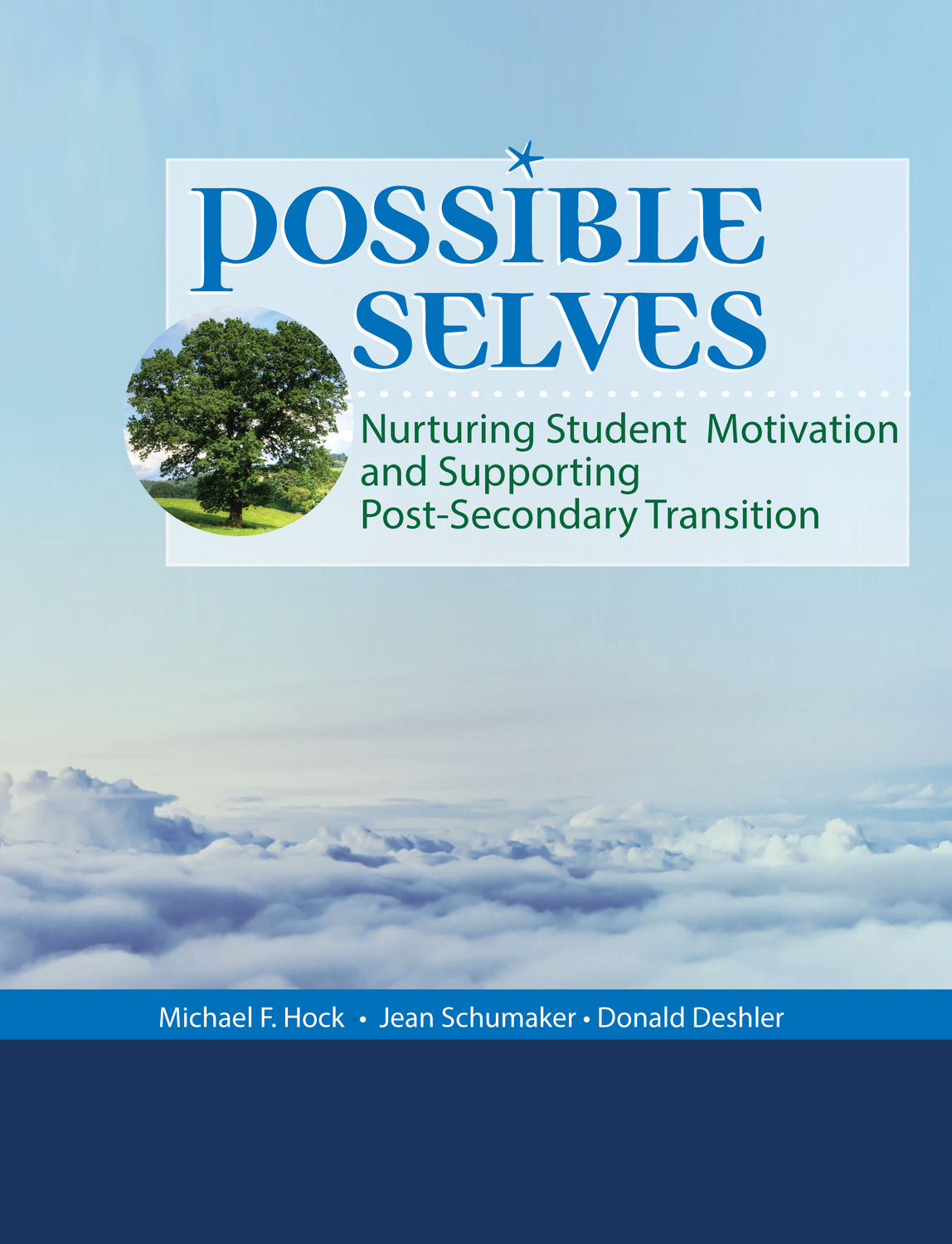Possible Selves (Second Edition) (Printed Manual)
Possible Selves (Second Edition) (Printed Manual)
Possible Selves is designed to increase student motivation by having students examine their futures and think about goals that are important to them. Students think about and describe their hoped-for possible selves, expected possible selves, and feared possible selves. They set goals, create plans, and work toward their goals as part of this program.
“I don’t NEED to learn to do algebra! I’m going be a truck driver when I get out of here!” Sad to say, students make statements like this every day. With the Possible Selves program, however, students not only learn the value of school and the skills they can learn, but they also develop hopeful and exciting plans for the future. They also learn that they have choices among several future paths.
The first step on the road to developing such plans involves identifying strengths and interests, which is exactly what students do. Next, they take a look at themselves as a worker, a learner, a person, and someone who has their special talents (e.g., as an artist, athlete, musician, car mechanic). What are their hopes, expectations, and fears for themselves in each of these roles? Based upon the results of this personal survey, students draw a tree that graphically illustrates their strengths and weaknesses and their hopes, expectations, and fears in each area. Next they set goals to strengthen their trees, which actually represent the students’ lives. Finally, concrete action plans are developed for goals, and a monitoring system is set up for checking progress on action plans. Goals are reviewed regularly throughout the school year, and students adjust their goals as old goals are attained and new goals are needed.
Developed originally for use with college athletes, Possible Selves has also been used successfully with elementary, middle school, and high-school students. The entire program can be completed within a few weeks. The impact, however, can last a lifetime.
Includes downloadable classroom poster.

